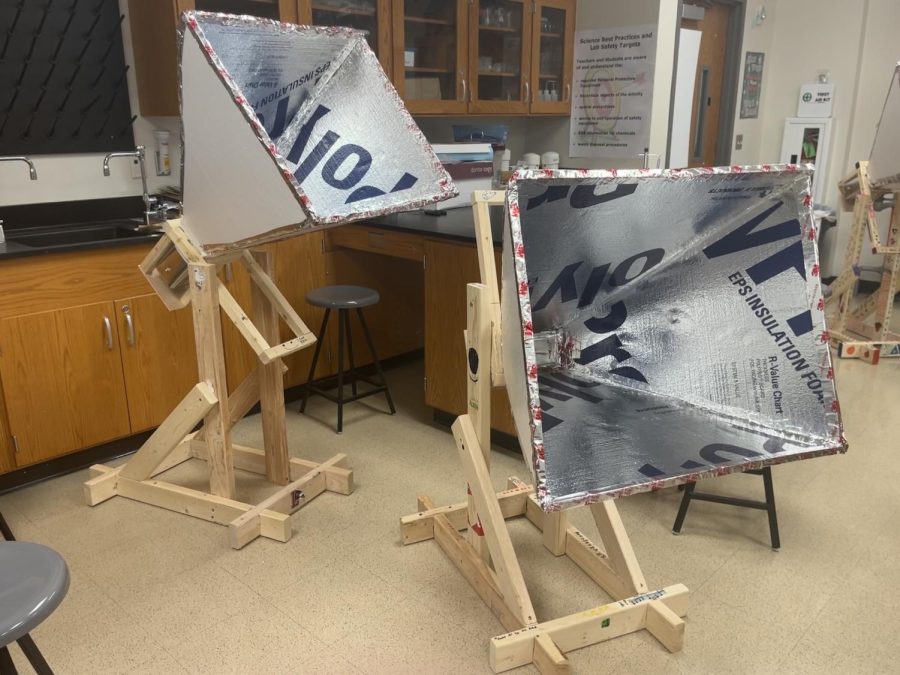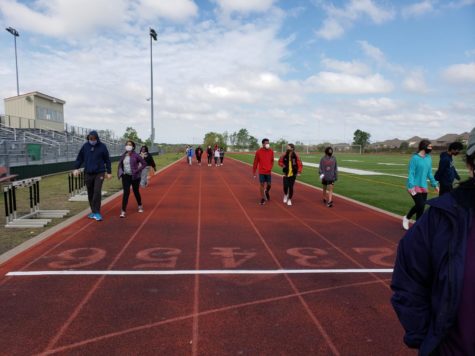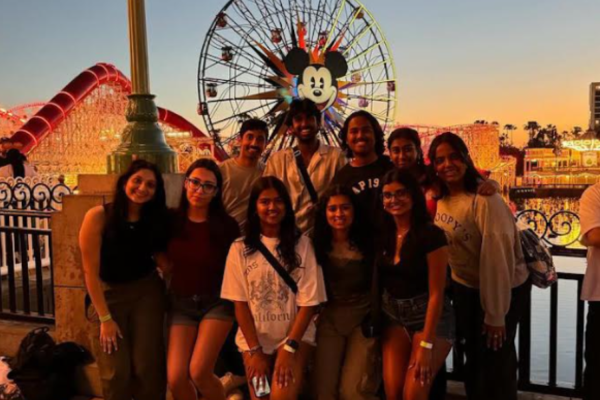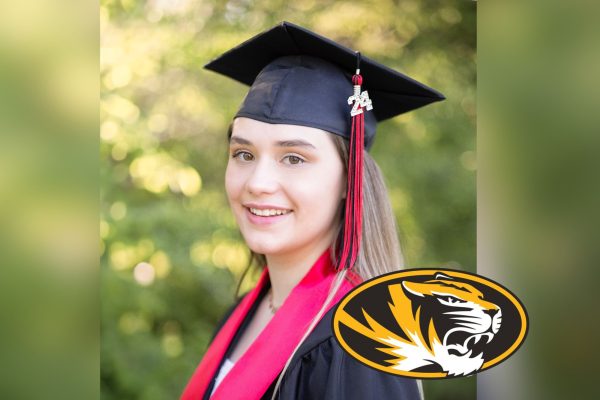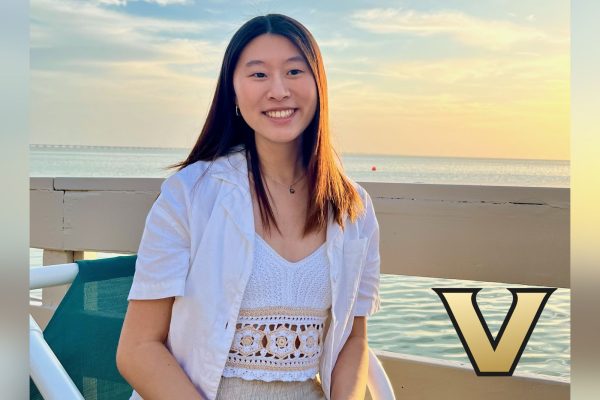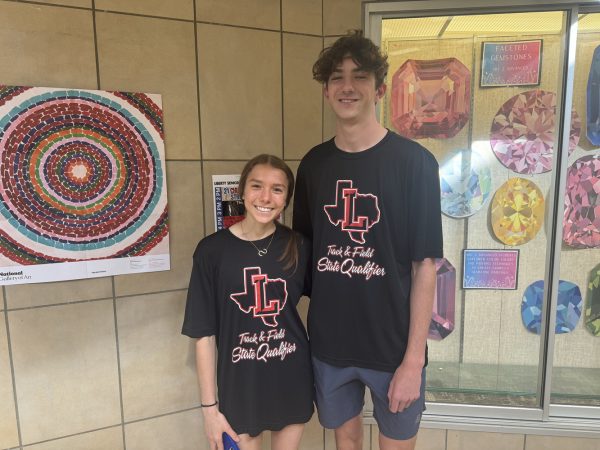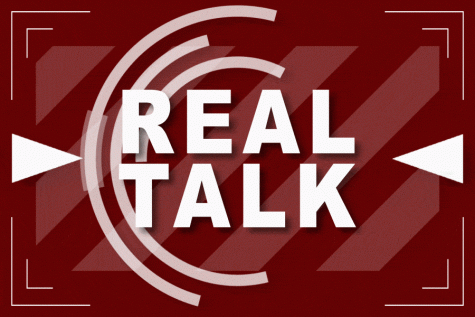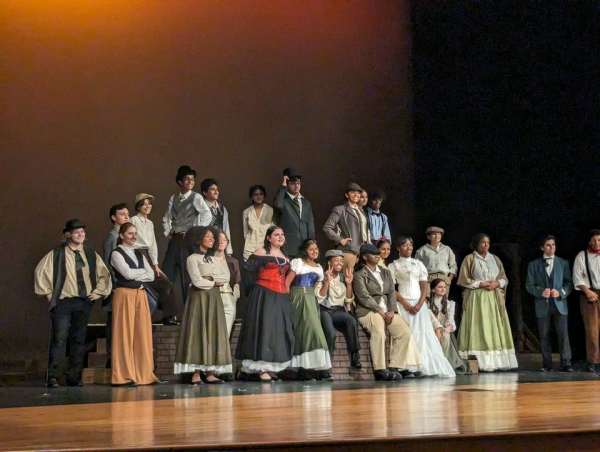Getting a special look at space, astronomy students build telescopes
Astronomy students are building radio horn telescopes. The telescopes designed to use radio waves to search for hydrogen in the galaxy, and teacher Kenric Davies hopes it will allow students to redesign an investigation done in the 1930s.
In order to further explore the galaxy, astronomy students are building radio horn telescopes, telescopes designed to use radio waves to search for hydrogen in the galaxy.
“Instead of collecting visible light, [the telescope] is going through radio waves and it’s looking specifically at radio waves produced by hydrogen in our galaxy,” astronomy teacher Kenric Davies said. “We’ll be taking these out and looking at the sky and looking at the galaxy looking specifically for where the hydrogen is.”
Through building and analyzing the data produced by these telescopes, Davies hopes to redesign an investigation done in the 1930s.
“We’re basically redoing an investigation done back in the 1930s that was designed to try to figure out what the galaxy looks like,” Davies said. “Ideally, by the end of this we’re going to figure out that the galaxy has spiral arms and it’s got multiple spiral arms and some are moving away from us and some are moving towards us and we get an idea of where we are in the galaxy.”
We’re basically redoing an investigation done back in the 1930s that was designed to try to figure out what the galaxy looks like.
— Kenric Davies
Students such as senior Kyathi Uyyala are excited for this hands-on opportunity to build a telescope.
“I’m really glad I was able to build a telescope because that’s not something everyone gets to do,” Uyyala said. “I hope to learn more about how exactly a telescope works as we built it so we will understand how telescopes work better.”
Students have the opportunity to use power tools and learn the basics of code to make their telescope. However, this can be an obstacle for many students.
“A lot of students don’t have the skillset of using power tools and building which is awesome because they get to learn that in this process,” Davies said. “There’s also a whole side of it that is going to be computer based so eventually they’re going to learn to look at the data we get and try to understand it.”
In addition, students are learning how to work together and communicate with larger groups of people.
“We are working in bigger groups because we’re making two telescopes a class so there’s a lot of people working on one thing,” junior Eliana Lainez said. “We have to really communicate, especially since we’re working with tools that can be dangerous if they are not used correctly.”
Davies hopes students will learn an important life skill from this opportunity.
“Overall, science is not just a body of knowledge,” Davies said. “It’s about doing, building something, taking measurements, analyzing data and trying to figure it out.”
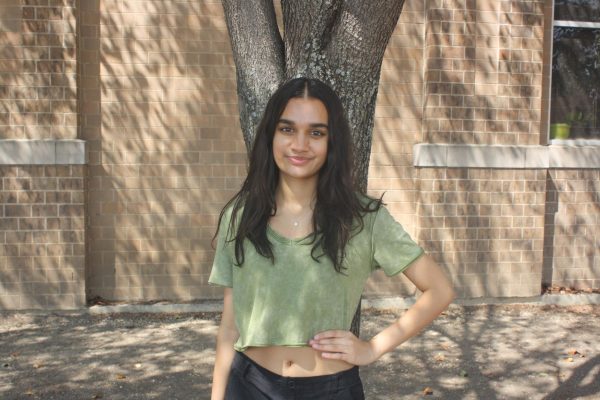
Sarayu Bongale is a junior entering her second year of Wingspan. Her favorite activities include competitively swimming and listening to music. On campus,...




